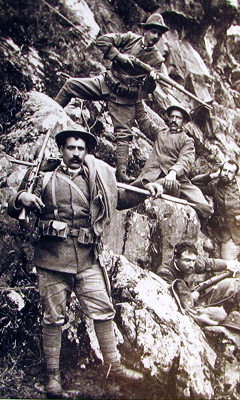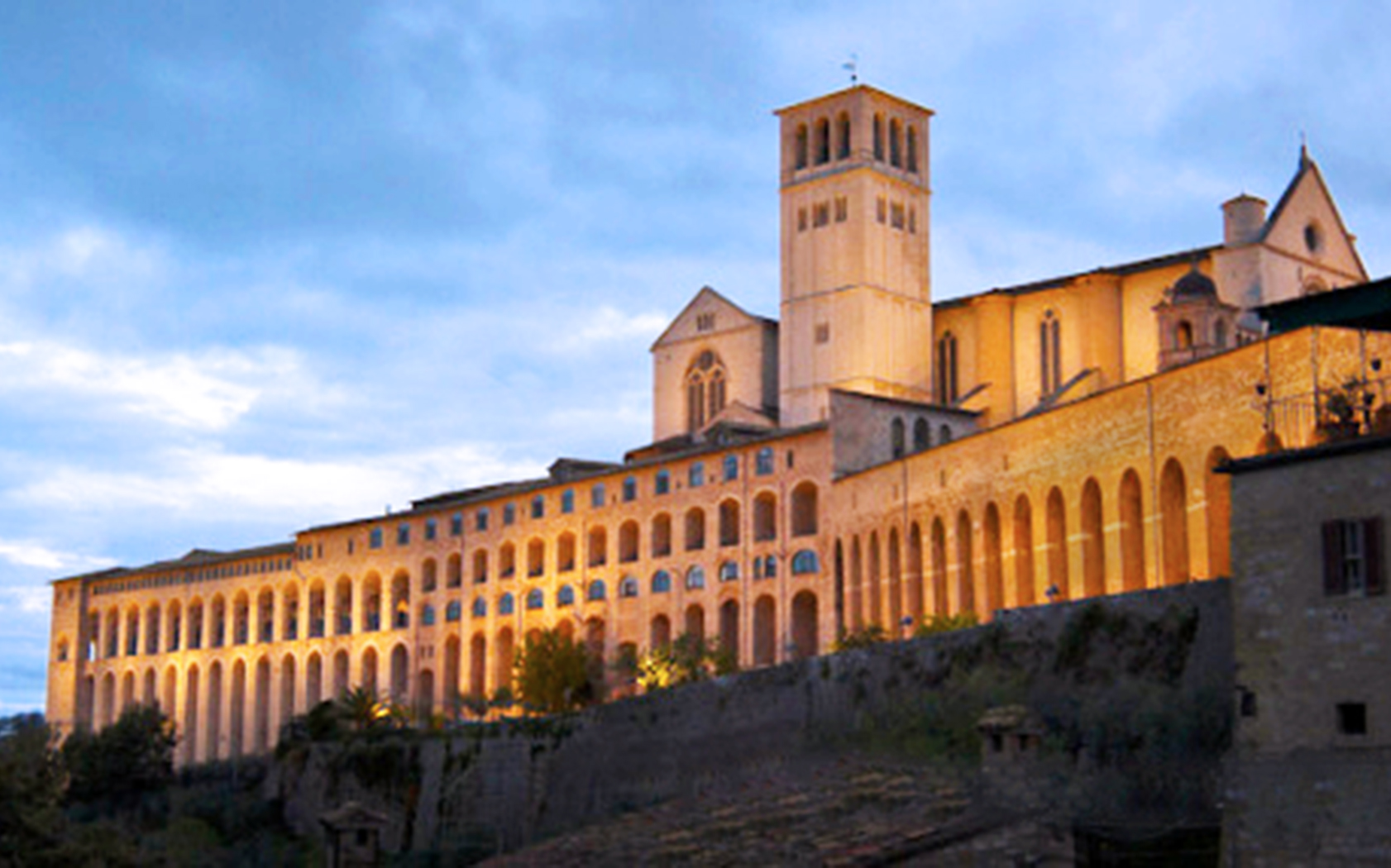The Italian Army’s mountain infantry force were born in 1872, when the Kingdom of Italy was faced with the problem of defending the country’s borders along the Alps. Known as the Alpini, they are the oldest active mountain infantry in the world.
Recruiting men from Italy’s mountain valleys and organizing them into a special corps was an innovative idea. These men possessed superior knowledge of mountain territory and great adaptability to Alpine conditions. At the beginning, the mountain regions were divided into seven military districts. In 1873, more companies were added and two years later, the companies doubled in size. During World War I, the 26 peacetime Alpini battalions were increased by 62 battalions which saw heavy combat all over the alpine arch. The regiments were never sent into battle as a whole, instead single companies and battalions were given specific passes, summits or ridges to guard and defend on their own.
An Alpino is a mountain man who has learned to live in a beautiful, but harsh environment. It is an environment that asks a lot of the individual, but gives back very little. Therefore the Alpini know that to live in the mountains, even before being soldiers, they must learn to help one another. This corps’ pride has made the Alpini one of the Italian Army’s elite forces. Their grit lies in the difficult mountain training, often in extreme weather conditions. It is the kind of training that changes these men forever. Historically, the figure of the Alpini has not changed much, although the areas of recruitment have widened; now they also come from Sicily, Calabria, Campania and Sardinia.
The “War in Snow and Ice” took place across a 300 mile frontline that ran through the highest mountains and glaciers of the Alps. Forty feet of snow fell in these Alpine mountains during the winter of 1915/16 and thousands of soldiers died in avalanches. The remains of these soldiers are still being uncovered today. The Alpini occupied every hill and mountain top throughout the whole year. Huge underground bases were drilled and dynamited into the mountainsides and even deep into the ice of glaciers such as the Marmolada. Guns were dragged by hundreds of troops onto mountains up to 12,760 feet high. In such warfare, whoever occupied the higher ground first was almost impossible to dislodge, so both the Italian Alpini and their Austro-Hungarian counterparts turned to drilling tunnels under mountain peaks, filling them with explosives and then blowing the mountain tops and its defenders to pieces.
Climbing and skiing became essential skills for the Alpini troops and soon both ski battalions and special climbing units were formed. It was during these years that the Alpini, their spirit and their mules became famous, although at the cost of over 12,000 casualties out of a total of 40,000 mobilized Alpinis. Many of the famous Alpini songs originated during this time and reflect upon the hardships of the “War in Snow and Ice.”
Soon after the end of World War I, in July 1919, the ANA (Associazione Nazionale Alpini) was founded for the veterans of the Great War. On September 5, 1920, a gathering by WWI Alpini veterans was held on Monte Ortigara, on the border between Veneto and Trentino-Alto Adige. The Ortigara is the most sacred mountain for the Alpini and a monument called the Colonna Mozza was placed there. Inscribed on the column in the motto of the mountain fighters – “In order to not forget.” Since then, the National Gathering of Alpini has taken place every year in a city chosen by the National Executive Council of the ANA.





